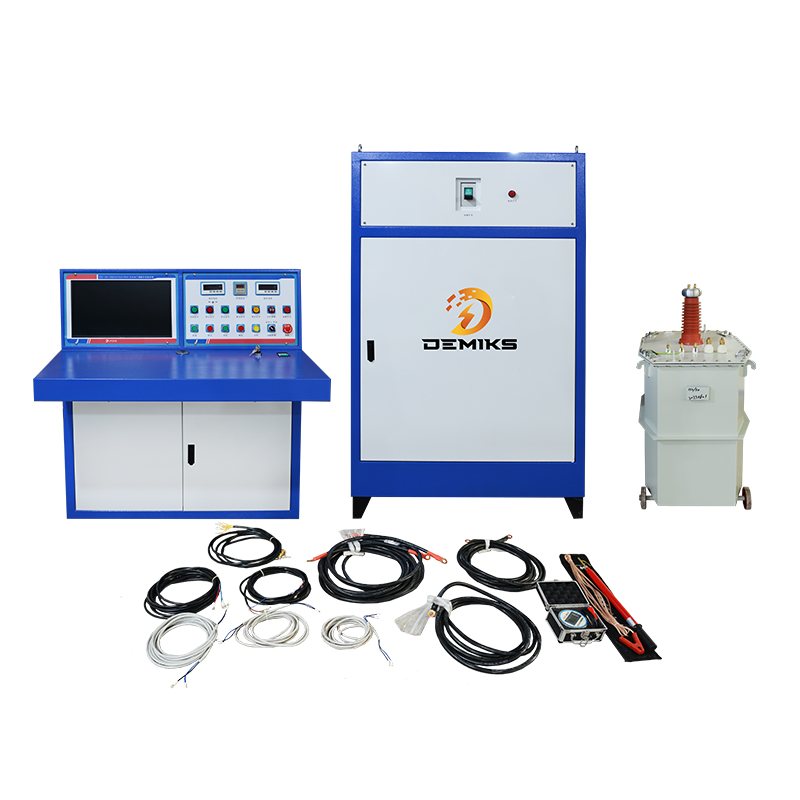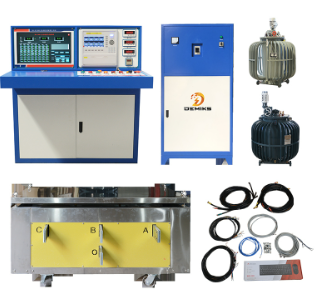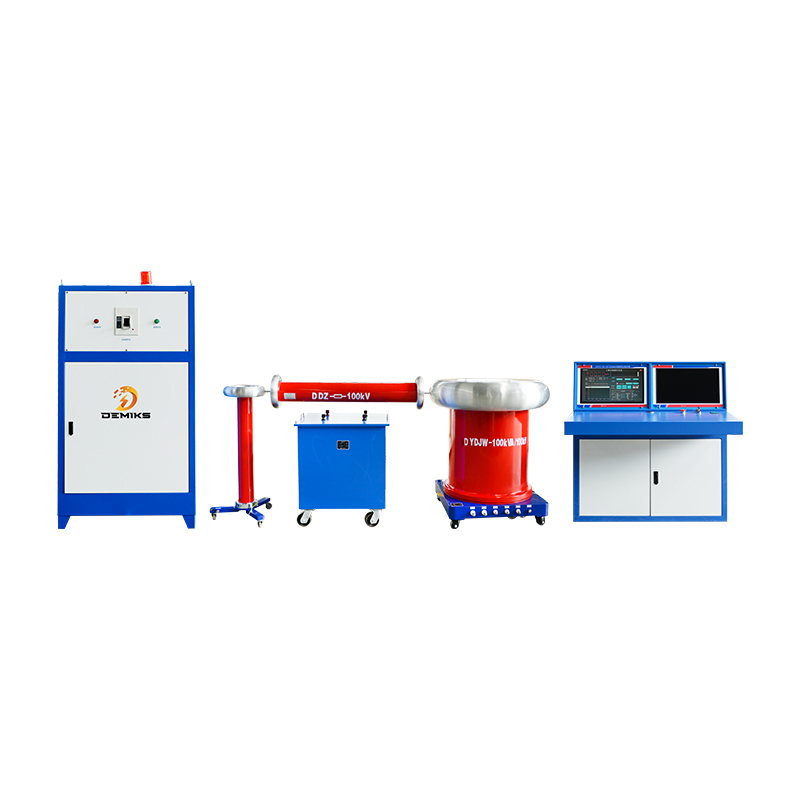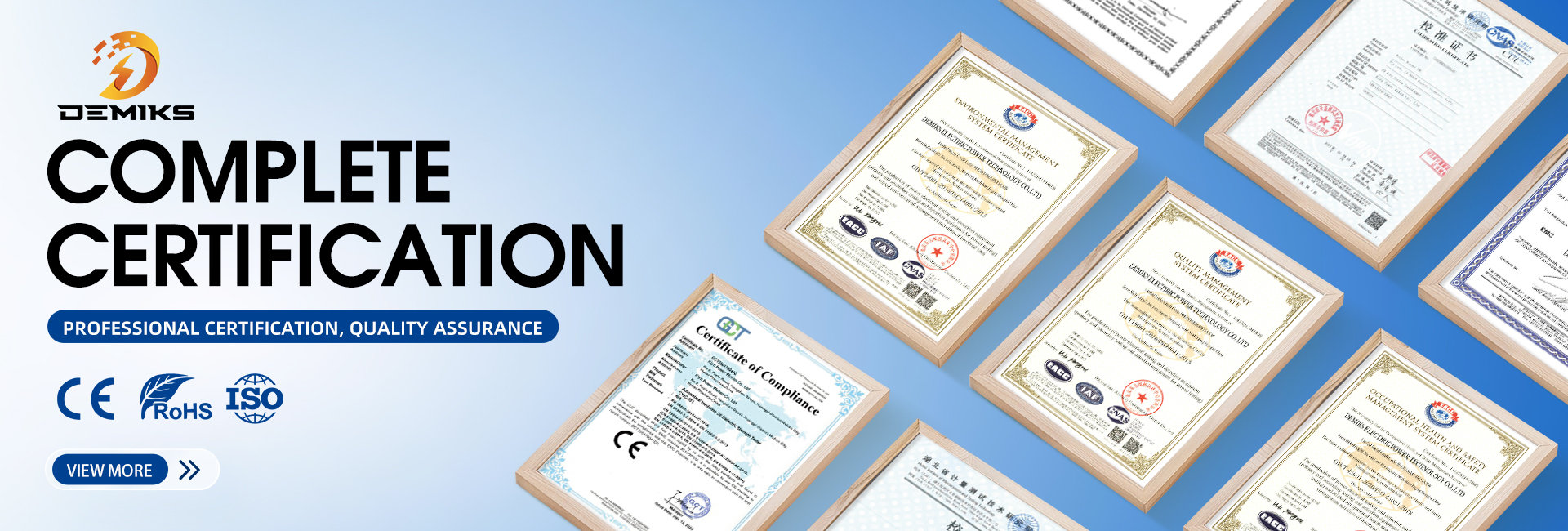Comprehensive guide to the application of high-voltage substation equipment
High voltage (HV) substation equipment (typically 66 kV, 132 kV, 220 kV and above) is a critical node in the power system that varies voltage levels and ensures grid stability. Below is a detailed breakdown of the key equipment used in HV substations, categorised by function.
1. Primary Equipment (High Voltage Side)
These devices handle the main power flow and operate at transmission-level voltages.
A. Transformers
Power Transformers
Oil-immersed (most common).
Gas-insulated (SF6, for compact designs).
Function: Step-up/down voltage (e.g., 132 kV ↔ 33 kV).
Types:
Key Components: Bushings, OLTC (On-Load Tap Changer), Buchholz relay.
Instrument Transformers
Current Transformer (CT): Steps down current for metering/protection.
Voltage Transformer (VT/PT): Steps down voltage for relays/SCADA.
B. Switchgear & Circuit Breakers
Circuit Breakers (CBs)
SF6 CB (Most common, high dielectric strength).
Vacuum CB (For lower voltages, < 72.5 kV).
Hybrid (SF6 + Vacuum).
Function: Interrupt fault currents (e.g., 40 kA at 220 kV).
Types:
Disconnectors (Isolators)
Function: Provide visible isolation for maintenance (cannot interrupt load current).
Types: Pantograph, center-break, double-break.
Earthing Switches
Safely ground equipment during maintenance.
C. Busbars & Conductors
Rigid Busbars (Aluminum/copper tubes for GIS).
Strain Busbars (Flexible ACSR conductors for outdoor AIS).
D. Surge Protection
Lightning Arresters (ZnO-based, divert surges to ground).
Surge Capacitors (Protect against steep-fronted waves).
E. Reactive Power Compensation
Shunt Reactors (Absorb reactive power in long lines).
Capacitor Banks (Improve power factor).
2. Secondary Equipment (Control & Protection)
Ensures safe and automated operation of the substation.
A. Protection Relays
Differential Relays (Transformer/cable protection).
Distance Relays (Transmission line protection).
Overcurrent/Earth Fault Relays.
B. SCADA & Automation
RTU (Remote Terminal Unit): Data acquisition and control.
HMI (Human-Machine Interface): Operator workstation.
IEDs (Intelligent Electronic Devices): Merging units for IEC 61850.
C. Communication Systems
Fiber Optic Links (For protection signaling, e.g., differential relays).
Power Line Carrier (PLC) (For teleprotection).
3. Auxiliary Systems
A. Earthing (Grounding)
Main Ground Grid (Copper mat with rods, resistance < 0.5 Ω).
Equipment Grounding (Neutral grounding via resistor/reactor).
B. DC Power Supply
Battery Bank (110 V/220 V DC for protection circuits).
Chargers (Float/trickle charging).
C. Fire Protection
Oil Containment (For transformer fires).
Gas-Based Suppression (SF6 or Novec 1230).
D. HVAC & Lighting
Ventilation (For GIS compartments).
Emergency Lighting (Backup power during outages).
4. Substation Types & Layouts
A. Air-Insulated Substation (AIS)
Pros: Lower cost, easier maintenance.
Cons: Large footprint, affected by weather.
B. Gas-Insulated Substation (GIS)
Pros: Compact (1/10th space of AIS), immune to pollution.
Cons: Higher cost, SF6 handling required.
C. Hybrid Substation
Combines AIS (outdoor) + GIS (indoor).
5. Testing & Maintenance
A. Routine Tests
Transformer: DGA (Dissolved Gas Analysis), turns ratio test.
CBs: Contact resistance, timing tests.
CTs/VTs: Ratio/polarity checks.
B. Diagnostic Tests
Partial Discharge (PD) Testing (For insulation defects).
Thermal Imaging (Hotspot detection).
C. Safety Checks
Grounding Resistance Measurement.
SF6 Gas Leak Detection.
6. Standards & Compliance
IEC 62271 (HV switchgear standards).
IEEE C57.12.00 (Power transformers).
IEC 61850 (Substation automation).
Summary Table: Key HV Substation Equipment
| Category | Key Equipment | Purpose |
|---|---|---|
| Primary | Transformers, CBs, Isolators | Power handling & switching |
| Secondary | Relays, SCADA, IEDs | Protection & automation |
| Auxiliary | Batteries, HVAC, Fire systems | Safety & operational support |
Conclusion
HV substations rely on a mix of primary equipment (transformers, breakers), secondary systems (protection relays), and auxiliary infrastructure (earthing, DC power). The choice between AIS/GIS depends on space, budget, and environmental factors.
The above content is published by demiks, please specify, demiks is a substation equipment manufacturer, specializing in the production of high-voltage tester, transformer tester, circuit breaker test equipment, relay tester, SF6 gas analyser, cable fault tester and other products, if you have power test testing needs, please feel free to contact demiks power science and technology limited company or send an email! Give us: contact@demikspower.com
 Relay Protection Testing and Commissioning Gu
Relay Protection Testing and Commissioning Gu
 how to test microwave transformer
how to test microwave transformer
 how to reset circuit breaker with test button
how to reset circuit breaker with test button
 high voltage cable testing standards
high voltage cable testing standards




